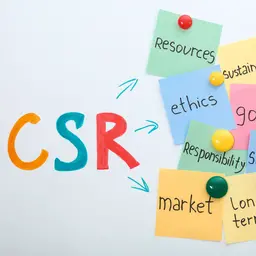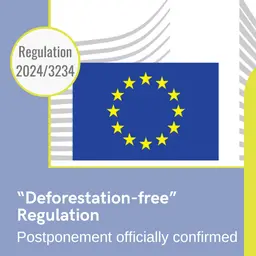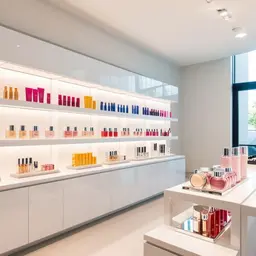
There’s no such thing as routine in the cosmetics industry. Regulations are constantly evolving, creating new challenges for formulators and, above all, weighing heavily on the shoulders of the person responsible for marketing cosmetic products. Estelle Dehier, from Labosphère, explains.
The forthcoming regulatory deadlines are once again putting the spotlight on the need for products placed on the market to comply with cosmetics regulations. After all, once a product is on the market, there’s no room for complacency.
Regulatory monitoring must be ongoing, and the Product Information File must be regularly updated. It is this monitoring that ensures the “lifespan” of a cosmetic product.
Ingredients
One strategic point is the raw materials that go into a product. Changes in regulations can jeopardise the conformity of a raw material used in a product, and therefore potentially its long-term survival. Here are a few examples.
Labelled allergens on the product
Reminder: Publication this summer of the list of 81 labellable allergens on cosmetic ingredient lists.
The application deadlines are quite long:
• Q2 2026 for products to be placed on the market
• Q2 2028 for products to be withdrawn from the market
But what about the fragrance(s) in the products? Are they affected by these new regulations? Will fragrance suppliers be carrying out the analyses needed to issue the new certificates? If not (for cost reasons, for example), will these fragrance references be discontinued? What about the stock of labels? Do …













